More than 19% of the Amazon has been lost to deforestation since the 1970s, and this destruction continues to escalate. 2019 saw the largest annual forest loss in a decade. The areas protected by indigenous communities are a bulwark against destruction, but face continued threats from fires, mining, legal and illegal logging, as well as disease and violence. The Amazon is approaching an irreversible climate tipping point of both local and global importance.
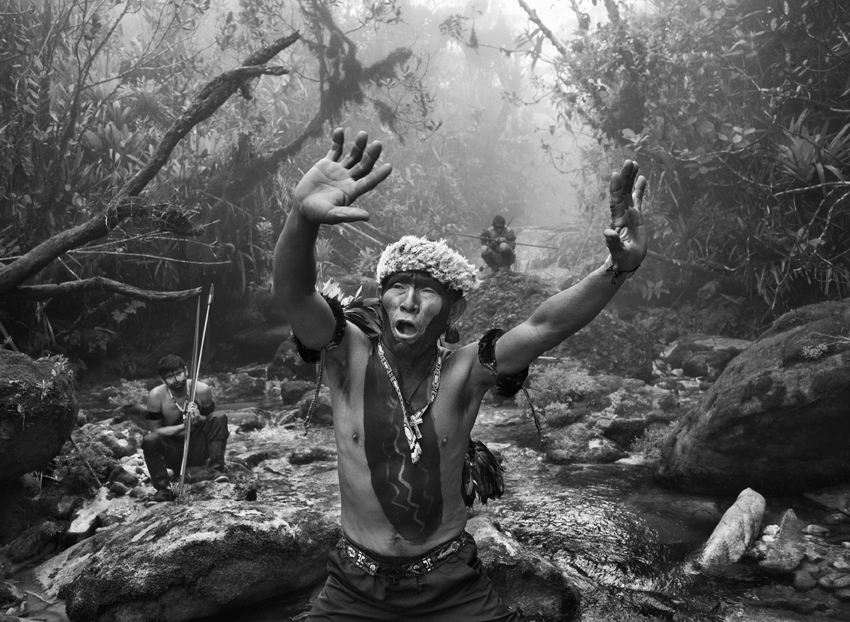
Amazônia presents Sebastião Salgado’s vision of the Amazon as it approaches this tipping point, exploring what the world stands to lose. Over six years, Salgado travelled the Brazilian Amazon by air, land and water, working with indigenous communities who have lived sustainably with the forest for centuries.
Created and designed by Lélia Wanick Salgado, Amazônia immerses you in this world through more than 200 breath-taking black and white photographs, most of which have never been seen before in the UK.
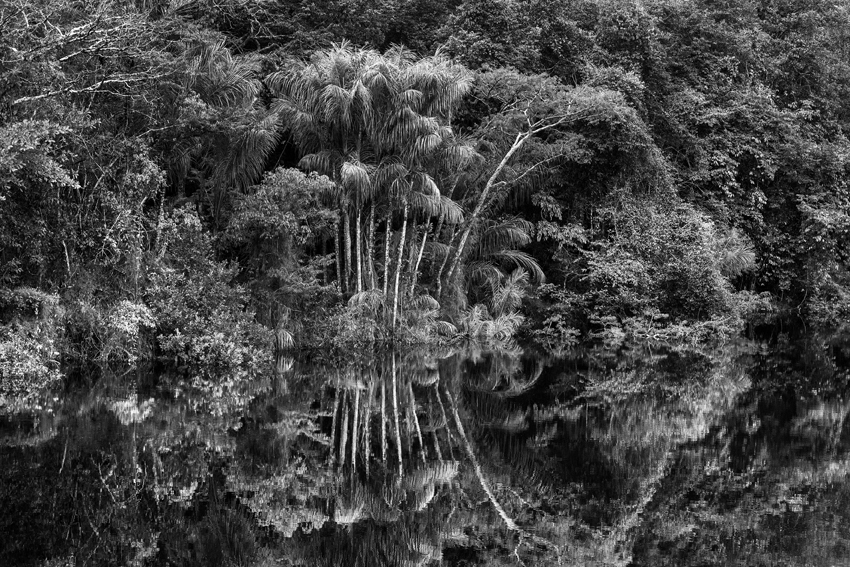
An introductory space, unique to the Science Museum Group, introduces the crucial idea of climate tipping points and what reaching one would mean for the Amazon: the rainforest would change permanently to dry savannah, seriously affecting rainfall and no longer acting as a crucial ‘sink’ for global carbon emissions. A tipping point in the Amazon could form part of a cascade of tipping points in other global ecosystems.
A short film introduces the voices of a climate scientist and two indigenous leaders on threats to the Amazon and what can be done to prevent this.
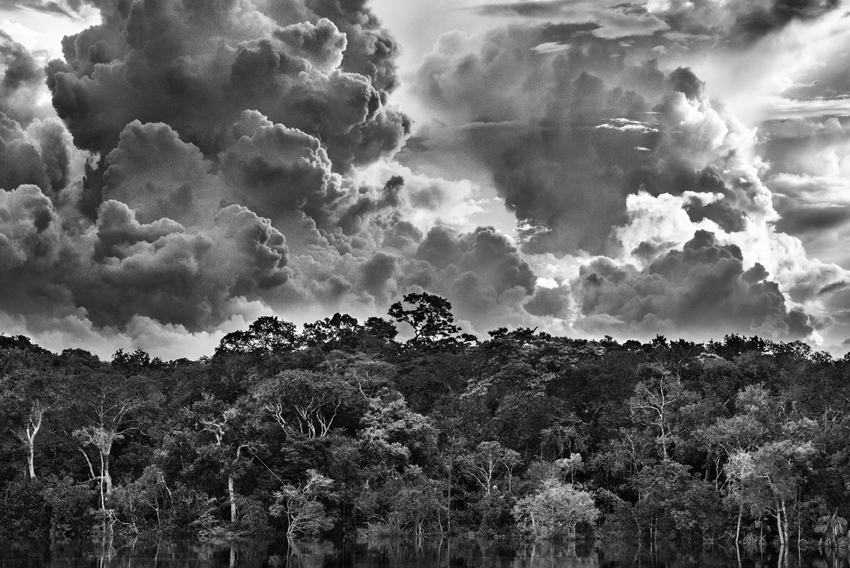
Entering the exhibition, you will meet the forests, rivers and mountains of the Amazon, in Salgado’s large-scale photographs floating, suspended from the ceiling. This moment is accompanied by a specially commissioned soundtrack by Jean-Michel Jarre which brings the sounds of the forest into the space.
You will also see the forest from the air and encounter ‘flying rivers’. This extraordinary phenomenon sees the trees give off more water to the air than enters the Atlantic Ocean from the Amazon River each day, creating a cycle supplying crucial water to the wider region.
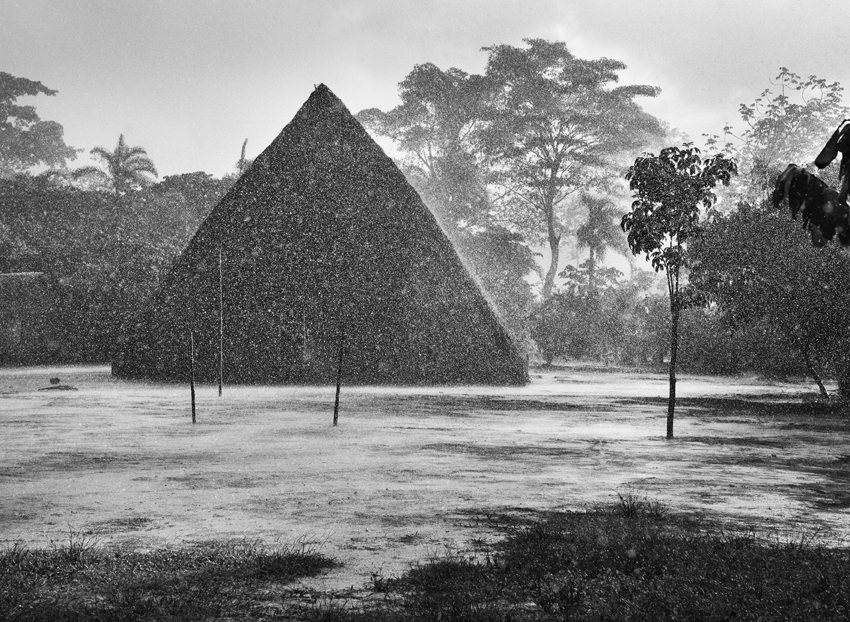
Amongst the forest of suspended photographs are three structures evoking the homes of ten indigenous groups who live in and protect the Brazilian Amazon. In these sections, Salgado presents intimate portraits and vivid group shots alongside images of their life in and around the forest.
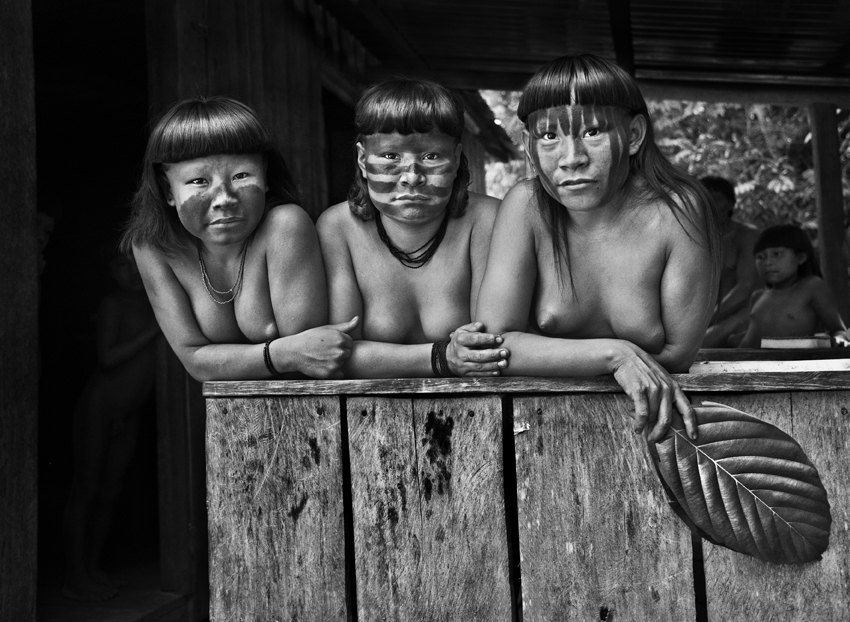
Moving through the exhibition you will come across a series of powerful films, where seven indigenous leaders discuss the threats that they face and their fears for the future of the Amazon.
‘Taking care of the forest means taking care of ourselves.’ Moises Piyãko – Ashaninka Shaman
The Salgados have not just observed the Amazon but worked to protect it. In the final section, you’ll discover the work of Instituto Terra, where they have regrown the Brazilian Atlantic Forest on degraded land previously farmed by the Salgado family.
The Instituto now raises millions of tree seedlings in its nursery every year and trains young ecologists. It is a haven for endangered species.
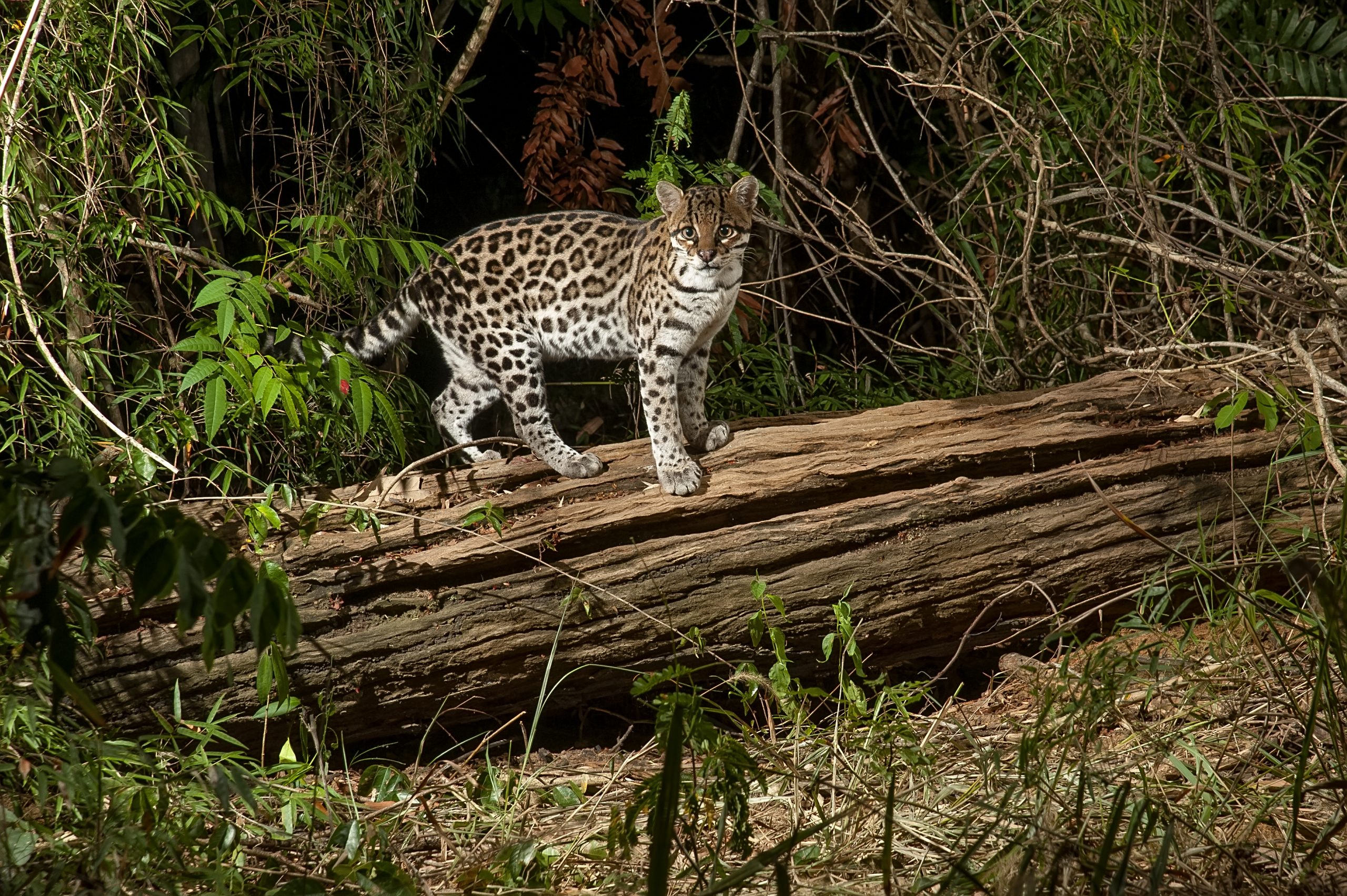
As the world’s leaders gather in the UK for the United Nations Climate Change Conference (COP26) in November 2021, the Salgados’ work in photography and ecology reminds us forcefully of the need for global attention on the future of the Amazon. As they explain:
“Our aim is to draw attention to the unparalleled beauty of this vast region and to underline the critical importance of protecting it and its endangered inhabitants.”
After a successful run at the Science Museum in London, Amazônia is on at the Science and Industry Museum in Manchester from 13 May – 14 August 2022. Book tickets now.
2 comments on “Introducing Amazônia by Sebastião Salgado”
Comments are closed.

Stunning exhibition, the pictures portray a paradise that we are on the point of losing.
Timely, beautiful and inspiring – in the sense that it will hopefully inspire people to protect the Amazon biome against exploitation and deforestation.
Wonderful exhibition!!
Glad and proud to know that a brazilian artist has made such nice and important work to the world!!👏👏👏👏👏👏👏